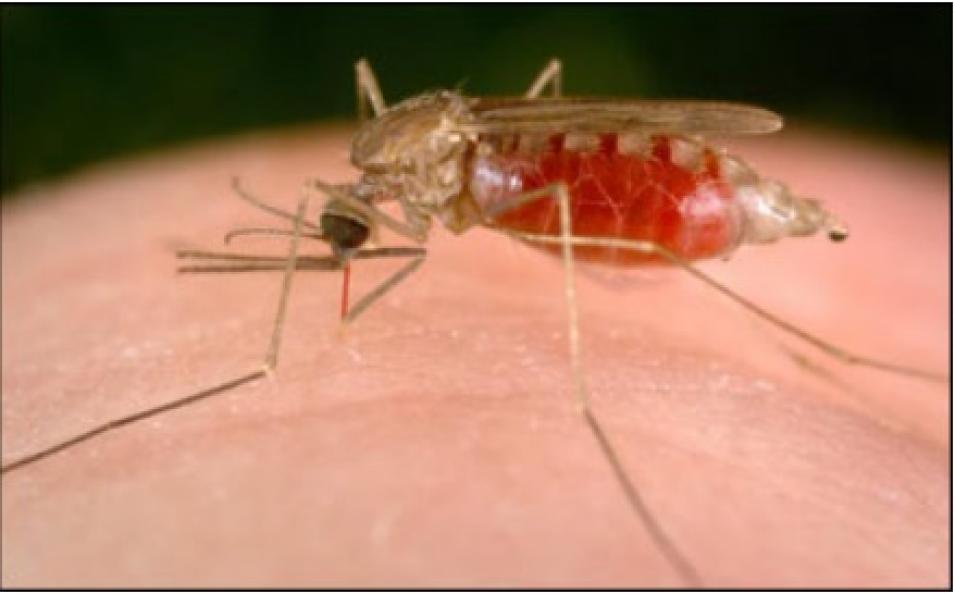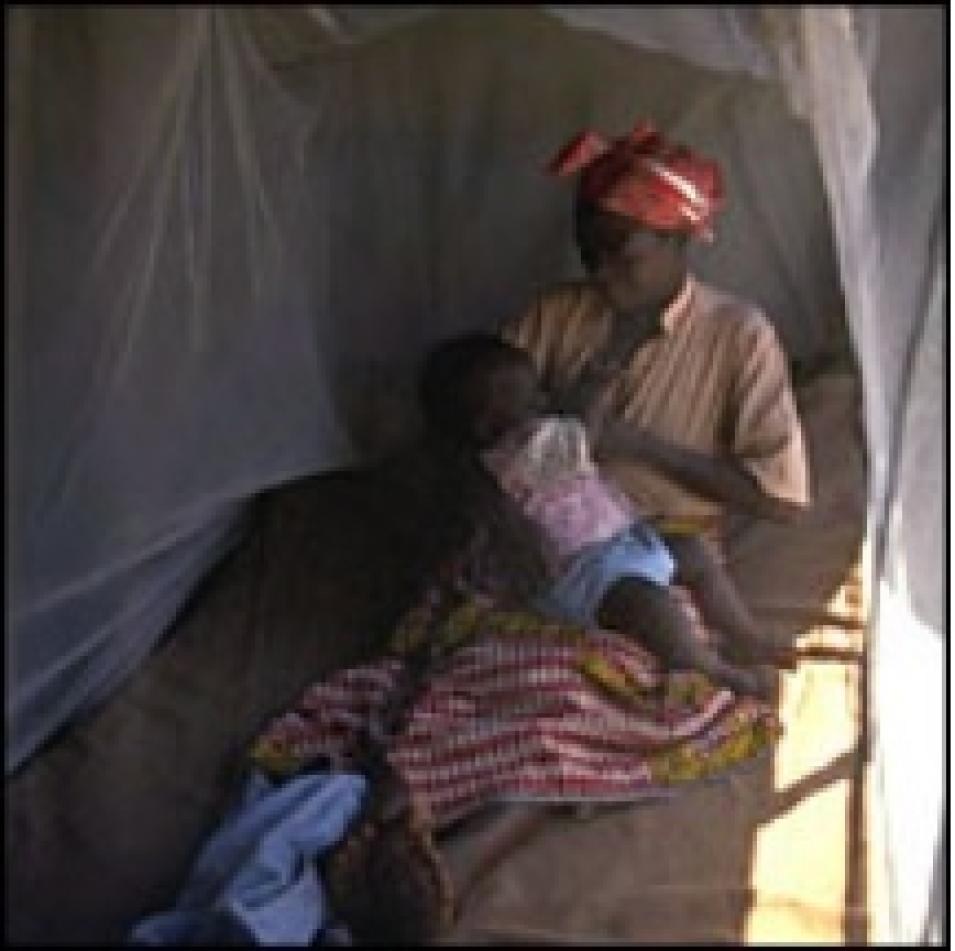When Bob Snow of the Kenya Medical Research Institute/Wellcome Trust Collaborative Programme in Nairobi travels through Africa, he sees firsthand the effects of malaria. Children suffer from fevers, chills, seizures, and anemia, and then often lapse into comas and die. Sometimes the victims get the medicine they need, but more often, parents who can't afford food or school fees must go without the drugs that could save their children.
The World Health Organization (WHO) estimates that more than a million people in Africa die from malaria every year, including 3,000 children each day. "It's a huge problem," said Snow, who is also a professor of tropical public health at the University of Oxford. "The New York Times reported 150,000 deaths from the recent tsunamis in Indonesia, but that number is only the margin of error for malaria deaths in Africa." Despite 20 years of research in Africa on ways to combat the burden posed by malaria, Snow said he hasn't seen much progress in the fight against the disease.
Malaria is caused by a parasite carried by the female mosquito Anopheles. Mosquitoes transmit the parasite to humans through their bite, and they also contract it by biting already-infected humans. The parasite travels first to the liver, where it reproduces, then proceeds to the bloodstream, where it reproduces again and destroys the red blood cells. In Africa, a particularly dangerous strain of malaria, known as Plasmodium falciparum, resists most drugs and often kills its victims.
Problems in Africa are compounded by the fact that malaria helps create a "circle of poverty." Because of high infant mortality, women tend to have more children to ensure that some survive. With many children to care for, mothers can't leave the home to help provide for their families. So, malaria burdens individual households, as well as local health services.


